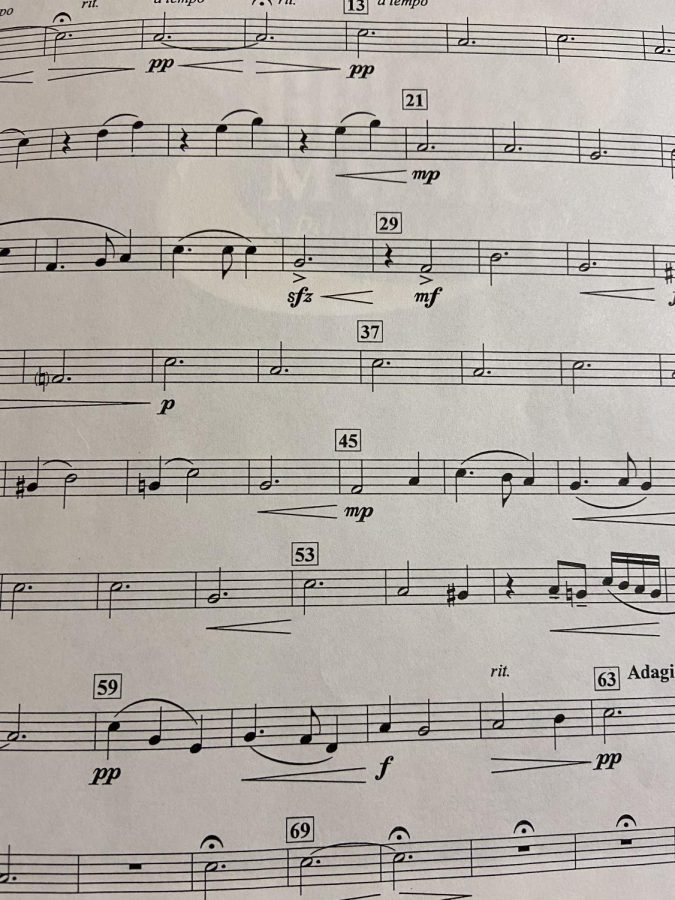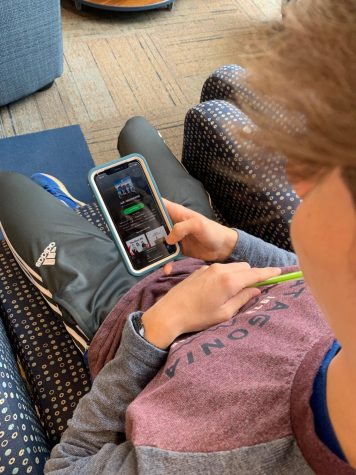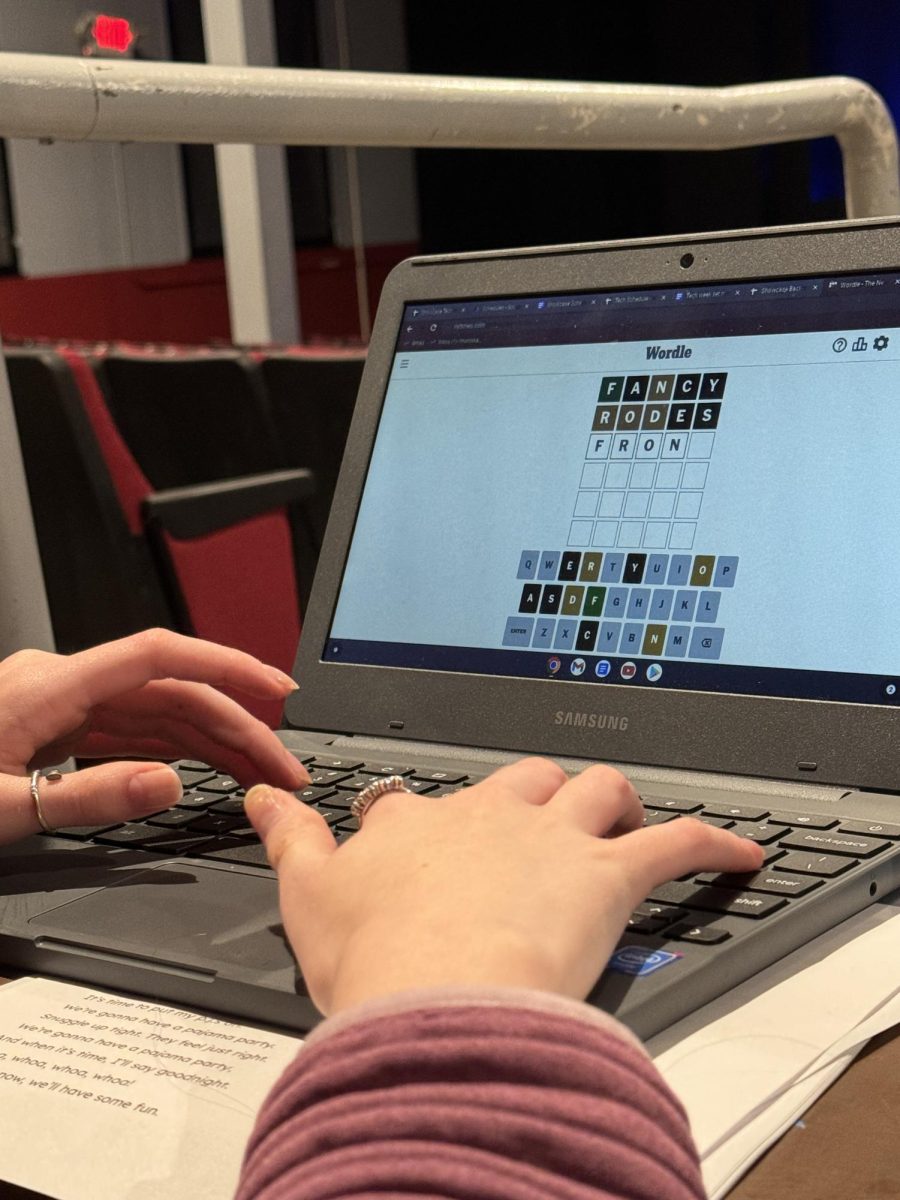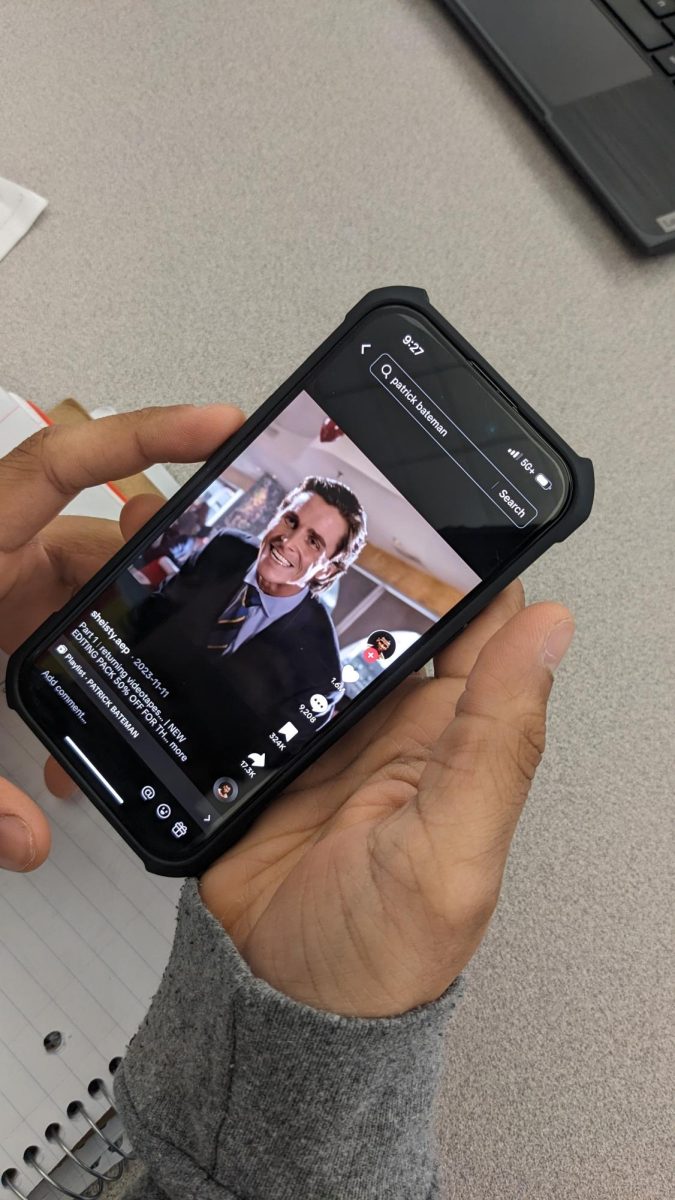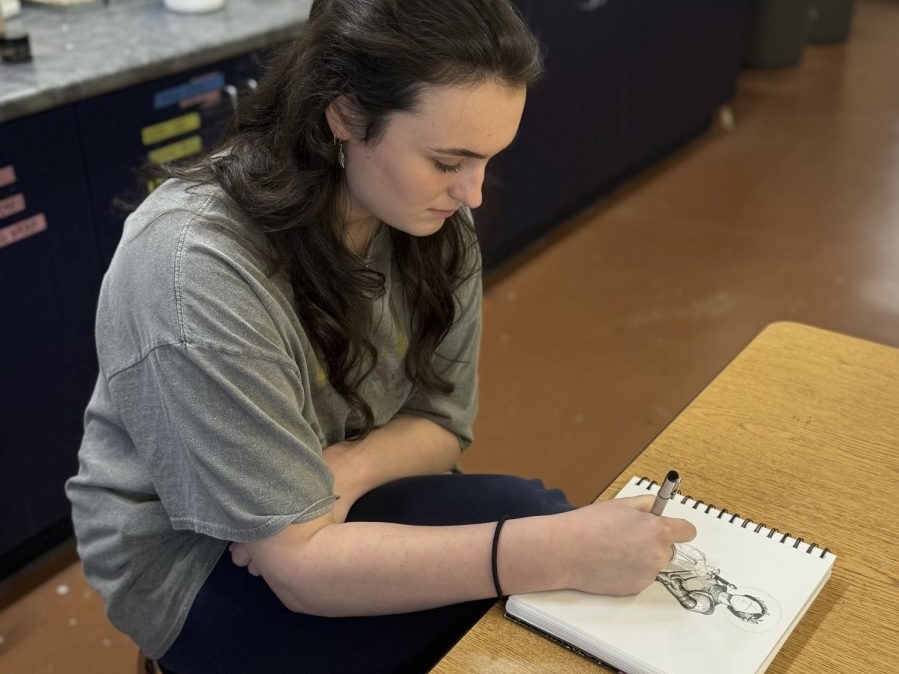Settling down to watch a film, audience members have no idea what emotions it will evoke. However, the composers who created the film’s soundtrack carefully orchestrated how each scene would make them feel before they even took their seats.
A film’s soundtrack, known as its score, is more influential to a film than most audience members might consciously realize.
Pairing sound with a film began quite accidentally during the silent era; in an effort to avoid complete silence during a film, each individual theater would hire a musician to fill the empty spaces. However, ever since it became possible to sync sound and visuals in 1929, filmmakers have been finding ways to use music to their advantage.
Sometimes noticeable and sometimes not, the music that plays behind the action of a film quietly tugs at different parts of the brain to make the audience feel the emotions that the filmmakers intended. As famous film composer Aaron Copland said, “It works on them without them even knowing it.”
There are two major types of psychological connections that cause music in films to have such a pull: syntactic and referential.
Syntactic, the simpler of the two connections, comes into play when the music used is lined up with the action of the scene. This causes the brain to use the music to better understand and comprehend what is happening on the screen, forming a syntactic connection.
The UCLA baby lab, a research facility that does studies concerning infants, confirmed this link. The lab routinely shows the babies images to gauge certain responses during studies; in order to keep the babies’ focus on the screen, they play audio along with the images.
A UCLA graduate student who works in the baby lab explained the audio-visual connection that affects the babies and humans in general. “Often when the brain perceives an auditory and visual stimulus very close in time or simultaneously, processing of the visual stimulus is enhanced. So when a visual stimulus is paired with a sound, it appears that people process the visual stimulus better because of the presence of the sound,” she said.
That syntactic psychological connection between the music and the visuals is what enhances the film experience when the sound lines up with what is happening in the scene. However, any avid movie viewer knows that film scores often do more than just support the action.
The more complicated type of connection that is not based on the exact lining up of music-to-scene is known as a referential connection; referential connections are divided into two categories: infra-referential connections and extra-referential connections.
Infra-referential are connections that the brain makes inside the theater. For example, in the film “Jaws,” the audience walked in with no knowledge of the music in the film. However, once they entered the theater and began to watch the film, their brains made the connection that the iconic “Jaws” theme meant a shark attack was looming.
The types of music in films that cause the brain to make infra-referential connections are often repeated musical themes. If a certain tune plays every time a character walks onto the screen, the brain makes a connection that that piece of music represents that character. Then, if the character is not on the screen but “their song” begins to play, the audience’s brains can make the connection that the character is about to enter.
The second type of referential connection, extra-referential, is slightly different. Extra-referential connections are connections that the audience’s brains already have when they enter the theater. For example, the common connection that songs composed of mainly major keys tend to introduce happy moments while songs with mainly minor keys tend to introduce sad or scary moments is an extra-referential connection, meaning it is one most people already have.
Extra-referential connections encompass the entire range of the previously known knowledge of the audience. Hearing twangy country music and assuming that the next scene must take place somewhere in the West, or hearing a stroke of a famous song and knowing what is going to happen next in the film based on the connotation of the song are both extra-referential connections that the brain makes using its prior knowledge.
Filmmakers love to take advantage of these referential connections to make sure their film’s viewers feel exactly what they want them to. Whether it be playing on the audience’s extra-referential connections by using a well-known song that has a negative connotation, or building the audience’s infra-referential connections through a repeated musical theme, psychology is the filmmaker’s friend.
Despite the misconception of film-viewers that they have complete control over their emotional response to a film, music actually allows the people behind the camera to reach deep into and alter others’ psychological reactions. Syntactic, referential, or anywhere in between, the musical connections one’s mind subconsciously makes throughout a film are impressively endless.








